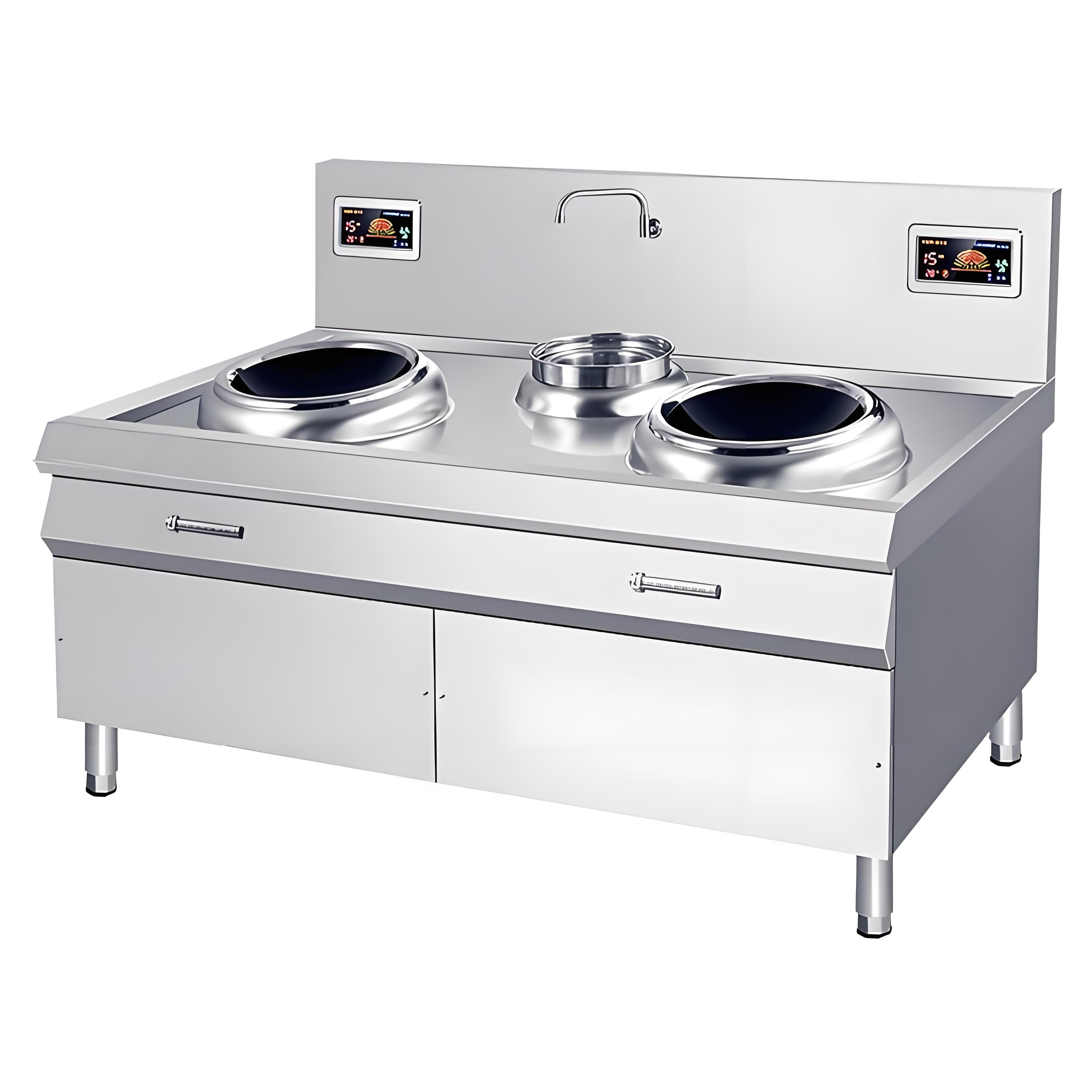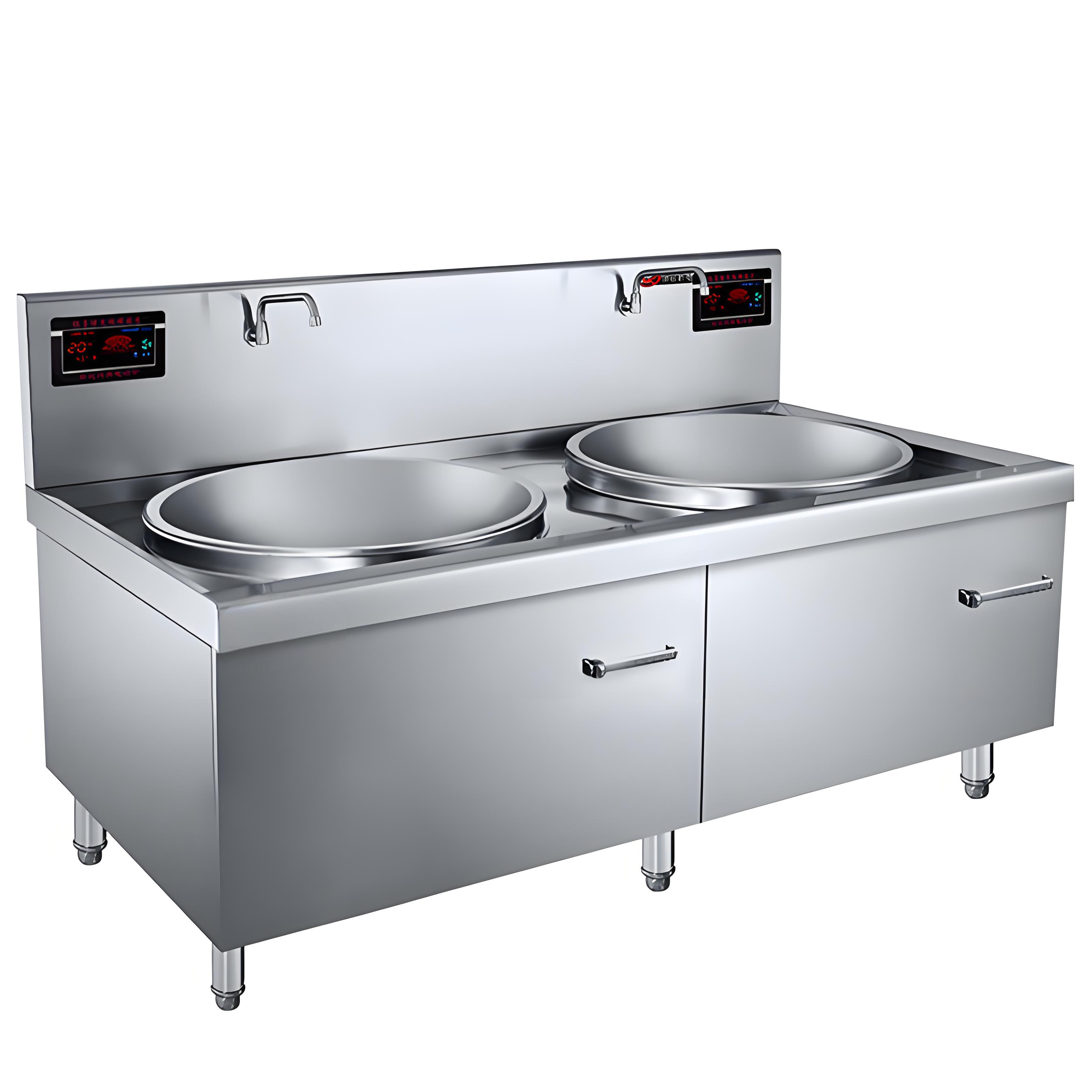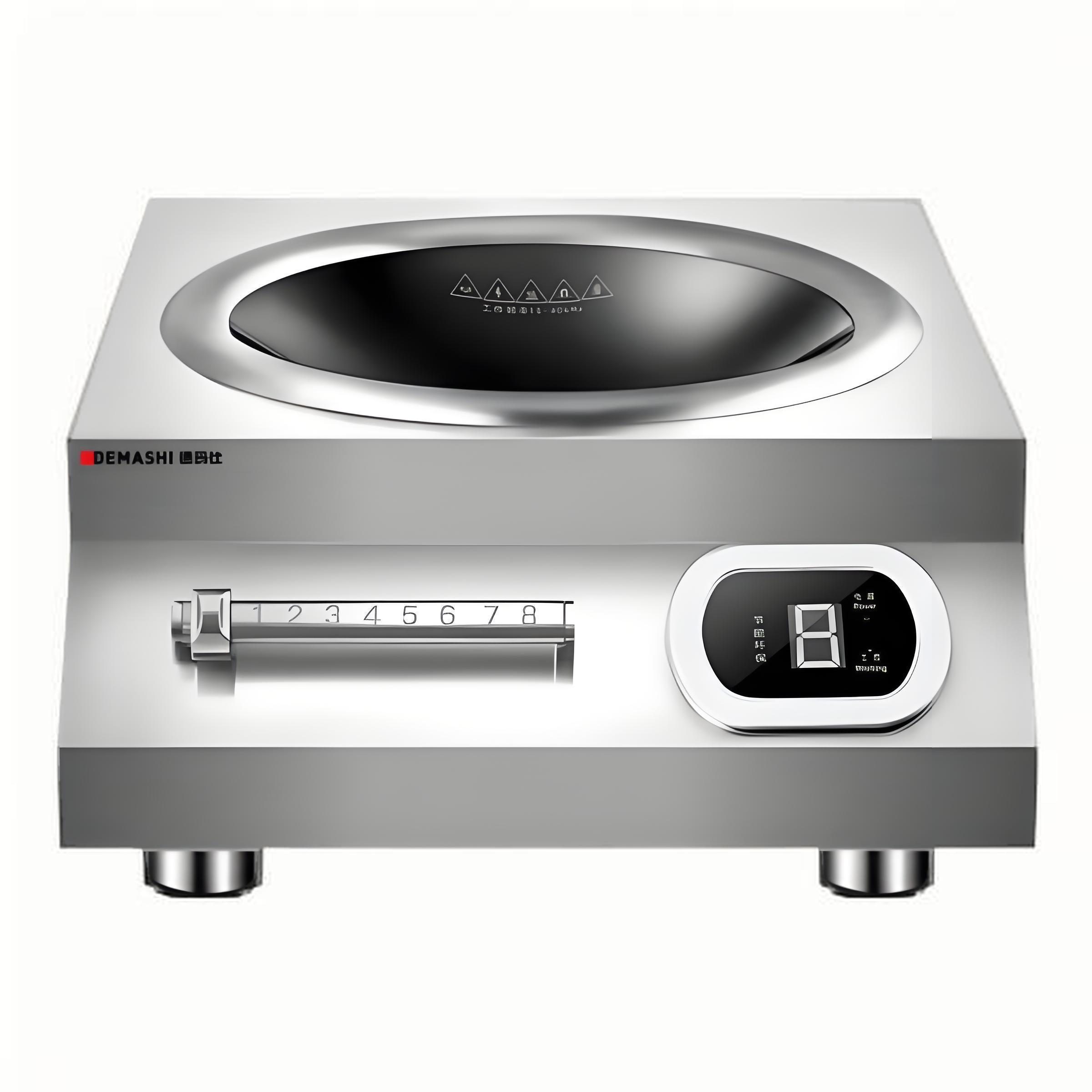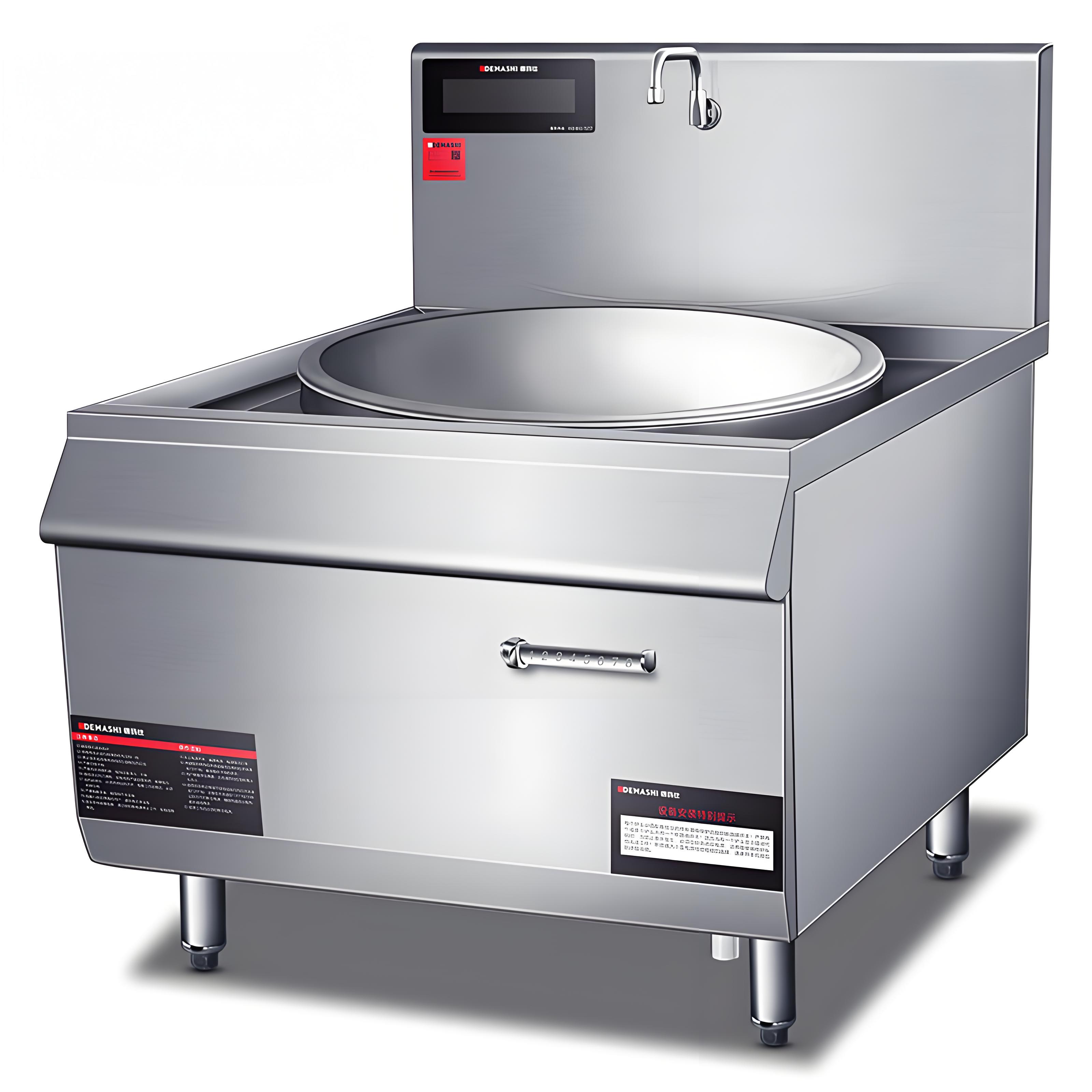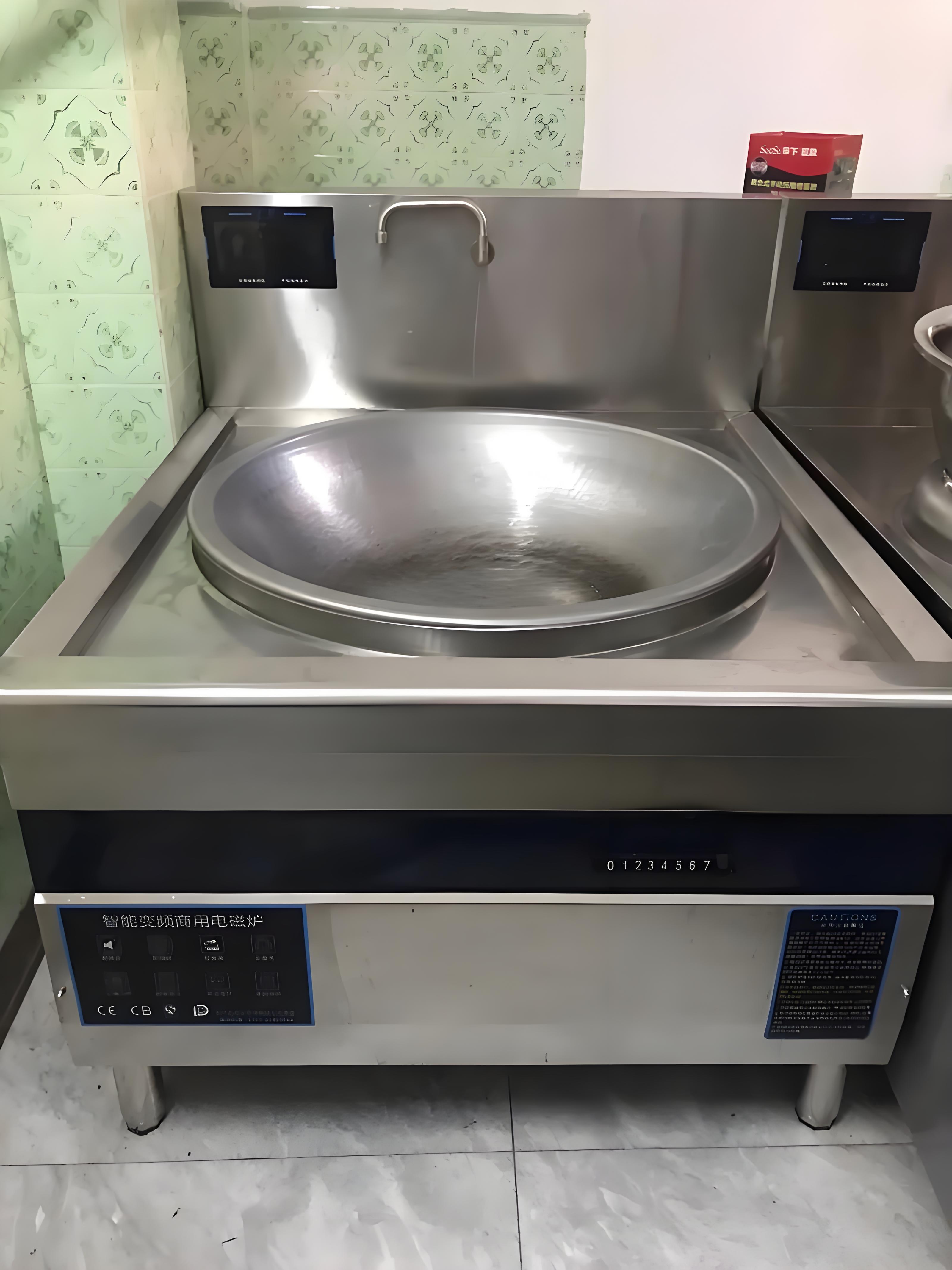Having spent over a decade advising restaurants, catering businesses, and food service operations on kitchen equipment, I’ve had the chance to work with a wide range of appliances, from gas ranges to cutting-edge induction cookers. When the question pops up—“How is the quality of commercial induction cookers made in China?”—it’s clear that people are curious about whether these products can deliver the reliability, performance, and durability needed for demanding commercial environments. With China being a global hub for manufacturing, it’s no surprise that their induction cookers are widely available, but quality can vary. Drawing from my hands-on experience testing and specifying these units for various kitchens, I’ll dive into the factors that influence their quality, what to look for, and how to ensure you’re getting a dependable product. My goal is to help you navigate the options with confidence, based on real-world insights and practical know-how.
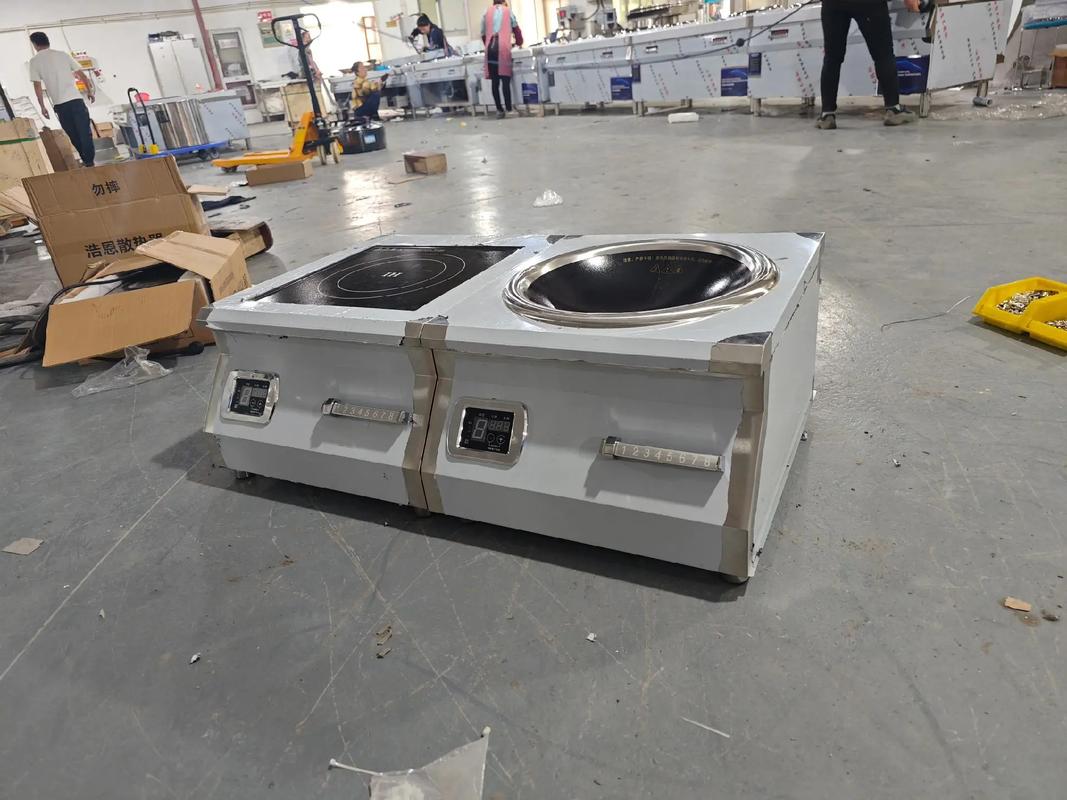
Understanding Commercial Induction Cookers
Before we assess the quality of Chinese-made commercial induction cookers, let’s recap how they work. Induction cookers use electromagnetic fields to heat ferromagnetic cookware (like stainless steel or cast iron) directly, making them faster, more energy-efficient, and safer than traditional gas or electric stoves. In commercial settings, these cookers are built for high power (typically 3,000-5,000 watts) and continuous use, handling everything from rapid boiling to precise simmering in busy kitchens.
China produces a vast range of induction cookers, from budget models for small cafés to high-end units for large restaurants. Over the years, I’ve installed and tested many of these in professional kitchens, and I’ve seen both impressive performers and disappointing duds. The quality depends on several factors, which I’ll break down below.
Factors Affecting the Quality of Chinese-Made Commercial Induction Cookers
Based on my experience, the quality of these cookers hinges on manufacturing standards, materials, design, and after-sales support. Here’s a detailed look at what determines their performance:
1. Manufacturing Standards and Certifications
China’s manufacturing landscape is diverse, with some factories adhering to strict quality controls and others cutting corners to lower costs. High-quality Chinese-made induction cookers often come from manufacturers that follow international standards, such as:
ISO 9001: Ensures consistent quality management in production.
CE Certification: Indicates compliance with European safety and performance standards.
RoHS Compliance: Confirms the absence of hazardous substances, crucial for food safety.
In a catering kitchen I worked with, we chose a Chinese-made cooker with CE and ISO 9001 certifications. It performed reliably for years, while a non-certified budget model in another project failed within months due to poor wiring.
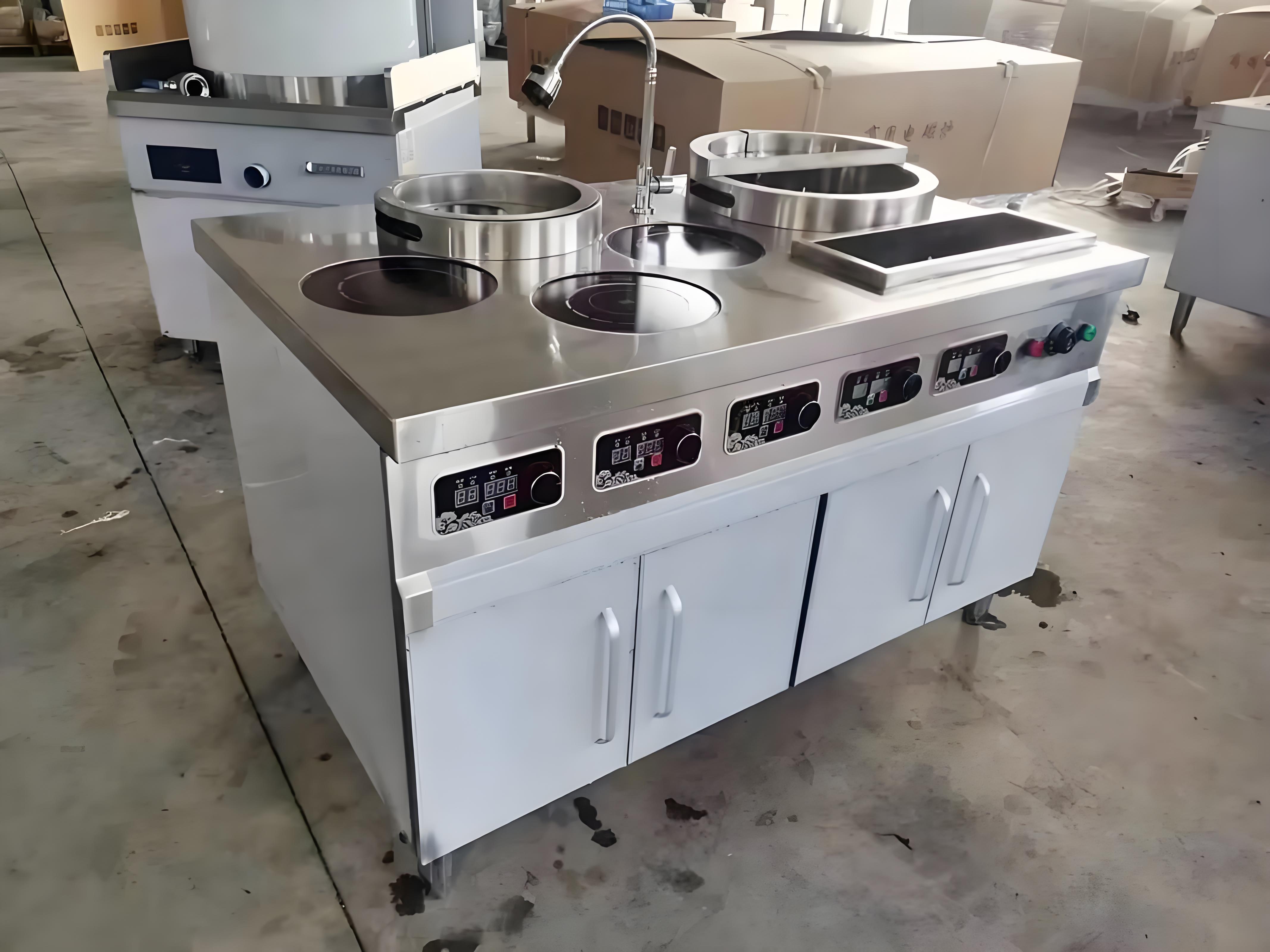
2. Build Quality and Materials
The materials used in construction significantly impact durability and performance. Look for:
Cooking Surface: High-quality units use thick ceramic glass (4-6 mm) or tempered glass, resistant to scratches and heavy pots. Budget models may use thinner glass (2-3 mm), which cracks easily.
Housing: Stainless steel housings are corrosion-resistant and withstand kitchen spills. Lower-end models might use cheaper alloys that dent or rust.
Internal Components: High-quality cookers use durable copper coils and robust circuit boards. Inferior components can overheat or fail under continuous use.
During a restaurant setup, I saw a high-end Chinese-made cooker with a 5 mm ceramic glass surface handle daily abuse without a scratch, while a budget unit’s thin glass cracked under a heavy stock pot.
3. Power and Performance
Commercial kitchens need high wattage (3,000-5,000 W) for fast cooking and precise controls for versatility. Chinese-made cookers range from basic 1,800 W units to powerful 5,000 W models. Key features to evaluate:
Wattage: Higher wattage ensures rapid heating, crucial for high-volume cooking.
Temperature Control: Top units offer precise settings (e.g., 1°C increments, 10-20 power levels) for tasks like simmering or searing.
Response Time: Quality cookers adjust heat instantly, while cheaper ones may lag.
In a busy noodle shop, a 4,000-watt Chinese-made cooker boiled water in minutes, keeping the line moving, while a 2,000-watt model in a smaller café struggled during peak hours.
4. Cooling and Ventilation Systems
Continuous use in commercial kitchens generates significant heat, so robust cooling systems are essential. High-quality Chinese-made cookers feature:
High-Performance Fans: Multiple or high-speed fans prevent overheating.
Ventilation Design: Well-placed vents ensure airflow, even in cramped spaces.
Thermal Protection: Sensors shut off the unit if it overheats.
I once troubleshooted a cooker failure caused by blocked vents in a poorly ventilated kitchen. Since then, I always prioritize models with strong cooling systems and advise proper placement for airflow.
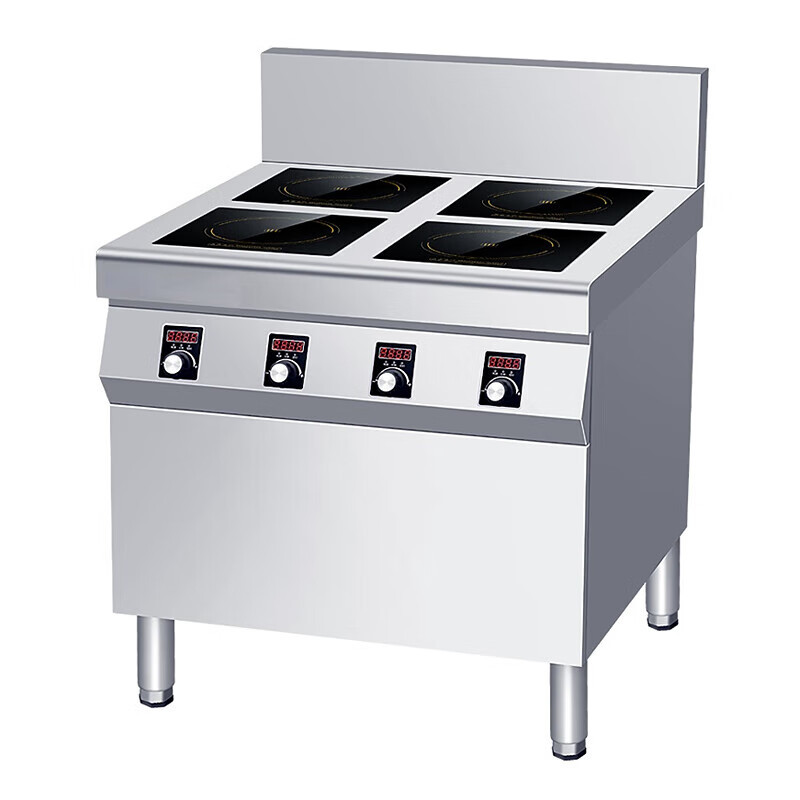
5. Safety and Reliability
Safety is critical in commercial settings. Look for:
Overheat Protection: Shuts off the unit if temperatures exceed safe limits.
Auto Shut-Off: Activates when no cookware is detected or after inactivity.
Cookware Detection: Ensures the cooker only operates with compatible pots, preventing energy waste.
In a catering operation, a Chinese-made cooker with auto shut-off prevented a mishap when a chef left a pot unattended, a feature missing in a lower-end model that overheated.
6. After-Sales Support and Warranty
Quality doesn’t end with the product itself. Reliable Chinese manufacturers offer:
Warranty: At least 1-2 years for parts and labor.
Spare Parts Availability: Easy access to replacement components like glass surfaces or circuit boards.
Customer Support: Responsive service for troubleshooting or repairs.
In a food truck project, we chose a cooker with a 2-year warranty and local spare parts availability, which saved time when a control panel needed replacing.
Comparison Table: Quality Levels of Chinese-Made Commercial Induction Cookers
To help you evaluate options, here’s a table summarizing quality tiers based on my observations:
| Feature | High-End Models | Mid-Range Models | Budget Models |
|---|---|---|---|
| Wattage | 3,500-5,000 W | 2,500-3,500 W | 1,800-2,500 W |
| Build Quality | Thick Glass, Stainless Steel | Standard Glass, Steel | Thin Glass, Basic Steel |
| Safety Features | Overheat, Auto Shut-Off | Basic Auto Shut-Off | Limited or None |
| Warranty | 2-3 Years | 1-2 Years | 6-12 Months |
From this, high-end Chinese-made cookers are best for high-volume kitchens, while mid-range models offer a balance for smaller operations.
Assessing the Quality of Chinese-Made Commercial Induction Cookers
So, how good are these cookers overall? In my experience, Chinese-made commercial induction cookers span a wide quality spectrum:
High-End Models: Comparable to European or American brands, offering robust construction, precise controls, and reliable performance. These are made by manufacturers with strict quality controls and certifications, ideal for restaurants or catering businesses.
Mid-Range Models: Solid for small to medium kitchens, with decent durability and performance but fewer advanced features. They’re a cost-effective choice for cafés or food trucks.
Budget Models: Affordable but often lack durability, safety features, or long-term reliability. Suitable for low-volume or temporary setups but risky for heavy use.
I’ve seen high-end Chinese cookers outperform pricier Western brands in busy kitchens, boiling water faster and lasting years with proper care. However, I’ve also replaced budget units that failed due to cheap components or poor cooling, so careful selection is key.
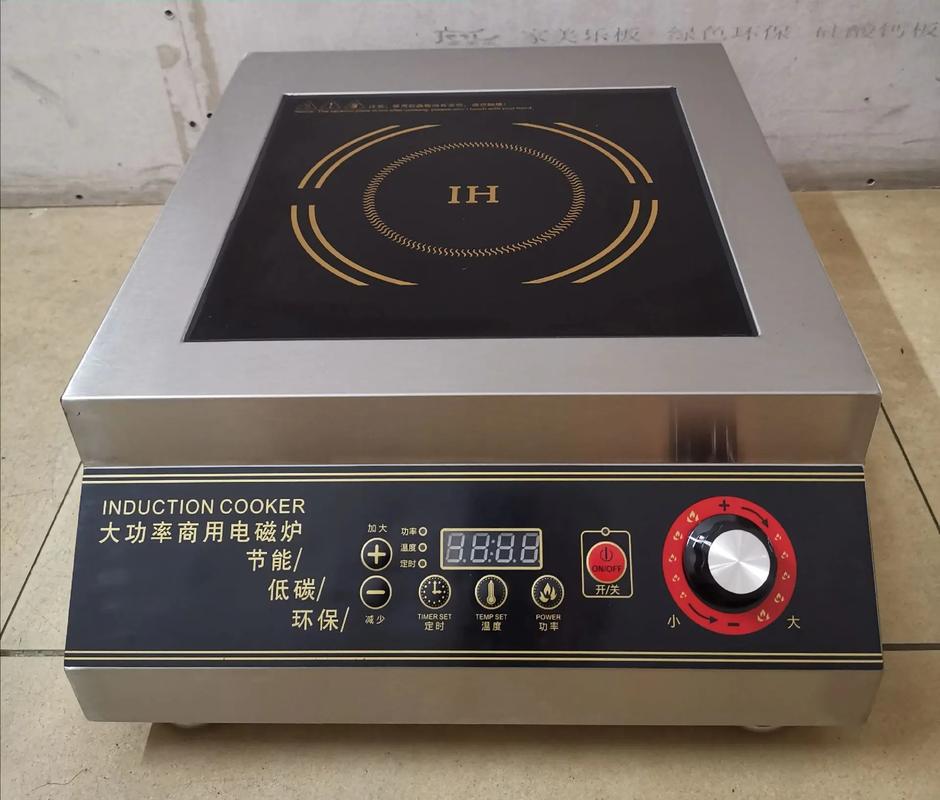
How to Choose a High-Quality Chinese-Made Commercial Induction Cooker
Based on my experience, here’s how to pick a reliable unit:
Check Certifications: Look for ISO 9001, CE, or RoHS labels to ensure quality and safety standards.
Evaluate Build Quality: Choose cookers with thick ceramic glass (4-6 mm), stainless steel housing, and robust cooling fans.
Match Power to Needs: Select 3,500-5,000 W for high-volume kitchens; 2,500-3,500 W for smaller operations.
Verify Cookware Compatibility: Ensure your pots (e.g., 400-series stainless steel) are ferromagnetic. Test with a magnet.
Research Manufacturer Reputation: Look for suppliers with a track record of quality and reliable after-sales support.
Request Demos or Reviews: Test units or read user feedback to assess performance in real-world conditions.
In a restaurant project, I sourced a high-end Chinese cooker with CE certification and a 3-year warranty. It handled daily service flawlessly, unlike a budget model that failed in another kitchen due to weak components.
Practical Tips for Using and Maintaining Your Induction Cooker
To maximize performance and longevity:
Ensure Proper Electrical Setup: Confirm your kitchen’s voltage (e.g., 220-240V) and outlet capacity match the cooker’s requirements. Consult an electrician if needed.
Use Compatible Cookware: Opt for flat-bottomed, ferromagnetic pots (e.g., 430 stainless steel) sized to match the cooking zone (6-12 inches).
Maintain Ventilation: Place the cooker in a well-ventilated area and clean vents monthly to prevent overheating.
Clean Properly: Wipe the cooled surface with a damp cloth and mild soap. Avoid abrasive scrubbers that scratch the glass.
Monitor Usage: Avoid running budget models continuously at maximum power to prevent component strain.
In a catering kitchen, regular vent cleaning and proper pot sizing extended a mid-range cooker’s life by years, saving replacement costs.
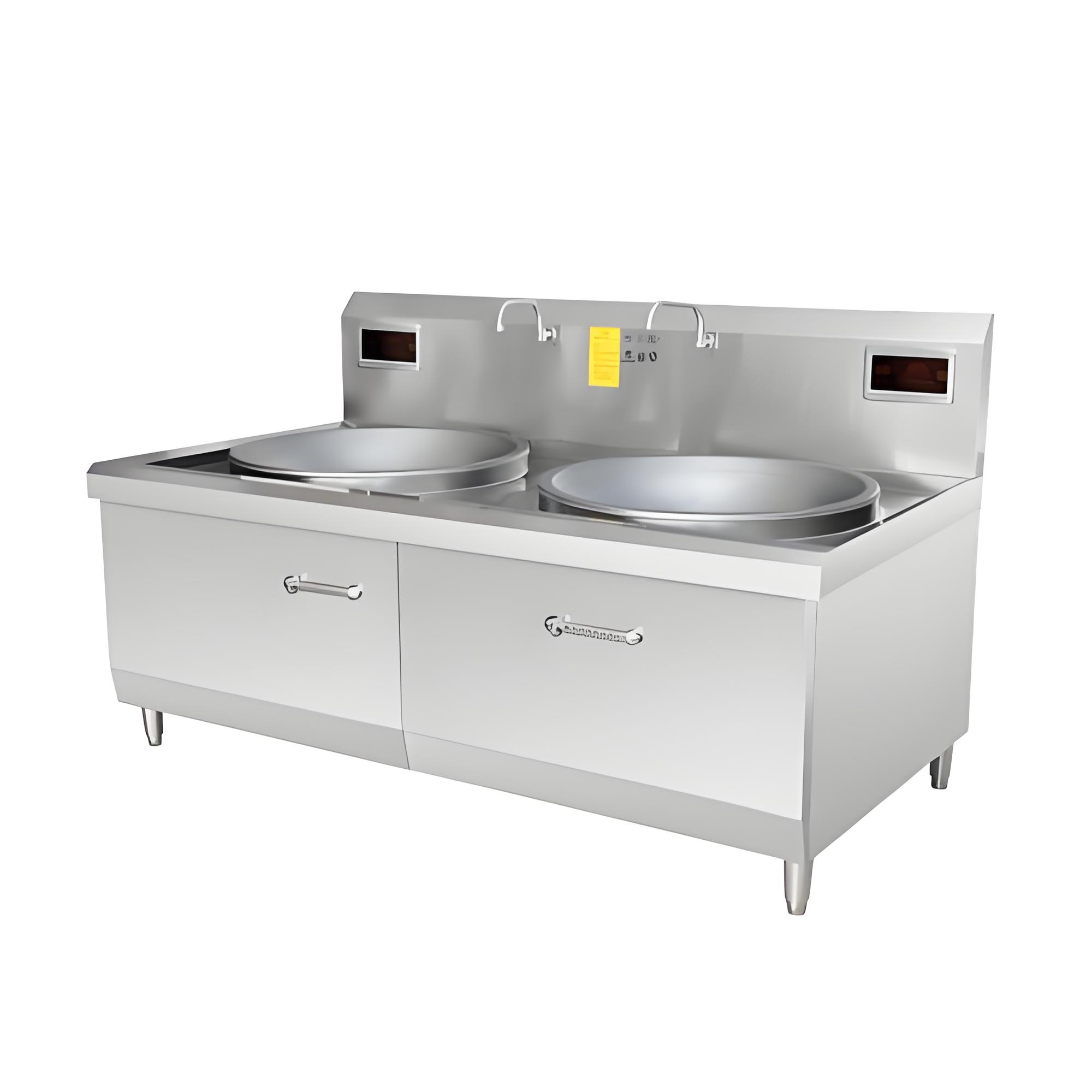
Potential Challenges and Solutions
Chinese-made induction cookers can face issues, especially budget models. Here’s how to address them:
Component Failures: Cheap circuit boards or coils may burn out. Solution: Choose high or mid-range models with quality components and warranties.
Overheating: Poor cooling systems can cause shutdowns. Solution: Select units with multiple fans and ensure proper airflow.
Inconsistent Performance: Budget models may lack precise controls. Solution: Invest in units with 1°C increments and multiple power levels.
Limited Support: Some manufacturers offer poor after-sales service. Solution: Source from suppliers with local support or spare parts availability.
In a food truck, we replaced a budget cooker that overheated with a mid-range model featuring better ventilation, resolving downtime issues.
Alternatives to Chinese-Made Induction Cookers
If you’re hesitant about Chinese-made units, consider:
European or American Brands: Often pricier but known for consistent quality and advanced features. Ideal for premium kitchens but may not justify the cost for smaller operations.
Gas Burners: Reliable for flame control but less efficient and harder to clean.
Electric Hot Plates: Affordable but slower and less precise than induction.
For a high-end restaurant, I paired a Chinese-made cooker with a European unit for specialized tasks, but the Chinese model handled most daily cooking at a lower cost.
Conclusion: Are Chinese-Made Commercial Induction Cookers Worth It?
From my years of equipping kitchens, I can say that Chinese-made commercial induction cookers can be excellent, especially high-end or mid-range models that rival global brands in performance and durability. By prioritizing certified units with thick ceramic glass, stainless steel housing, and robust safety features, you can find a cooker that meets the demands of a busy kitchen. However, avoid budget models for heavy use, as they often lack the durability and support needed for long-term reliability. With careful selection, proper maintenance, and compatible cookware, a Chinese-made induction cooker can be a cost-effective, high-performing asset.
Before buying, verify certifications, test cookware, and ensure your electrical setup is ready. The right choice will keep your kitchen humming efficiently for years.
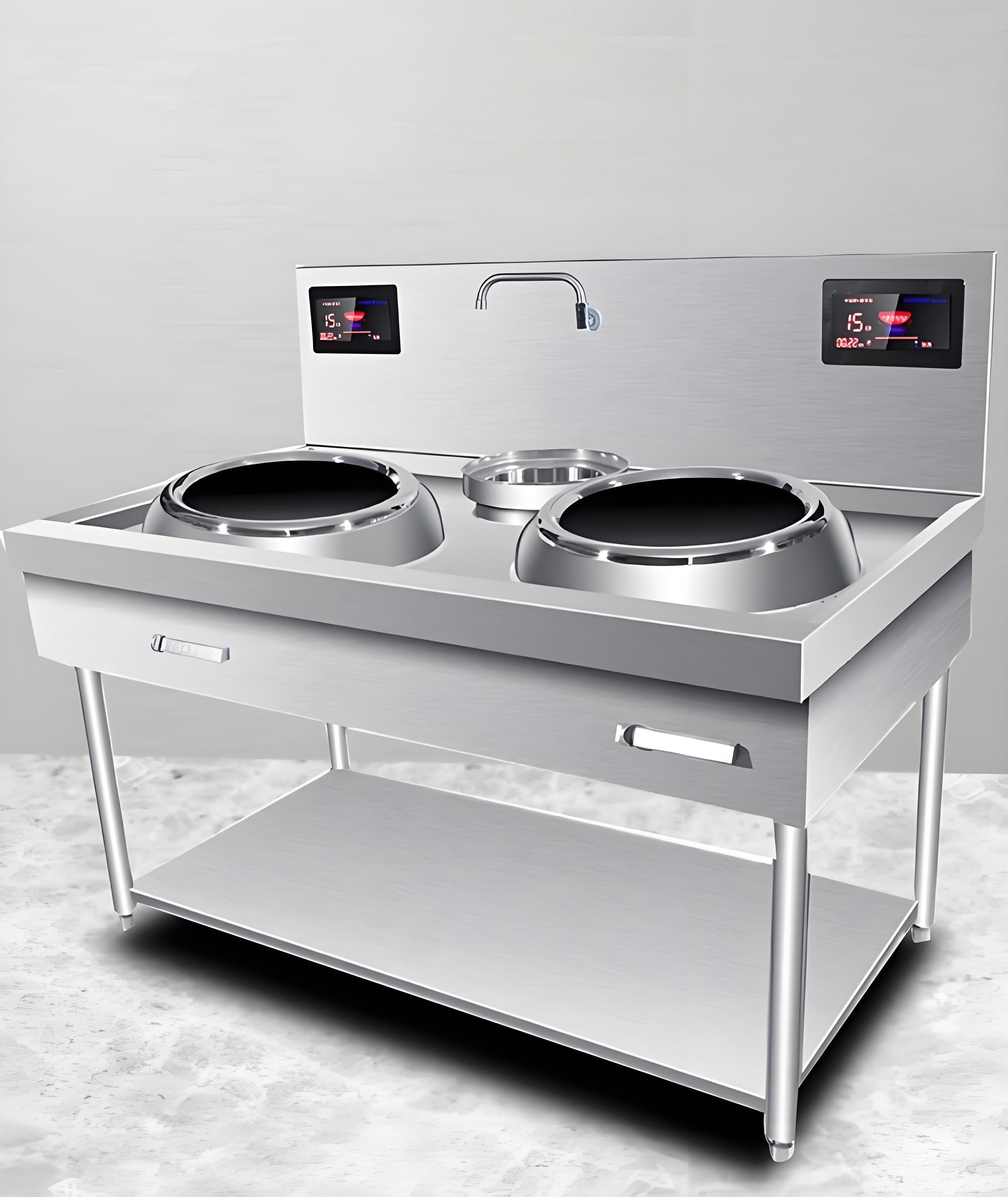
Frequently Asked Questions
1. Are Chinese-made commercial induction cookers reliable for daily use?
High-end and mid-range models with certifications (e.g., CE, ISO 9001) are reliable for daily use, while budget models may fail under heavy loads.
2. How do I know if a Chinese-made cooker is high quality?
Look for thick ceramic glass, stainless steel housing, strong cooling systems, and certifications like CE or ISO 9001. Check user reviews and warranty terms.
3. Can I use my existing cookware with these cookers?
Yes, if it’s ferromagnetic (e.g., 400-series stainless steel or cast iron). Test with a magnet to confirm compatibility.
4. Do Chinese-made cookers have good after-sales support?
It varies. High-end manufacturers often provide 1-2 year warranties and spare parts, while budget brands may offer limited support. Research suppliers before buying.
5. Are Chinese-made induction cookers energy-efficient?
Yes, especially high-end models, which can save 30-50% on energy compared to gas or electric stoves due to direct heating and precise controls.
I hope this guide helps you evaluate Chinese-made commercial induction cookers! If you have specific kitchen needs or questions, share them below, and I’ll offer tailored advice based on my experience.
